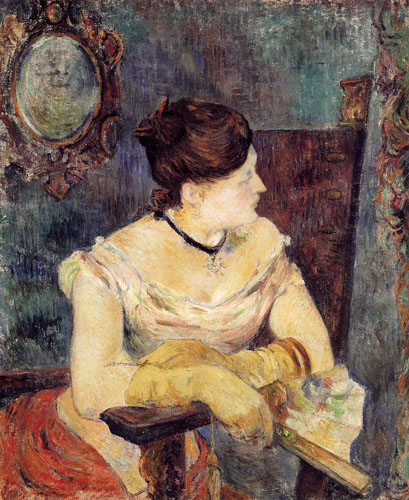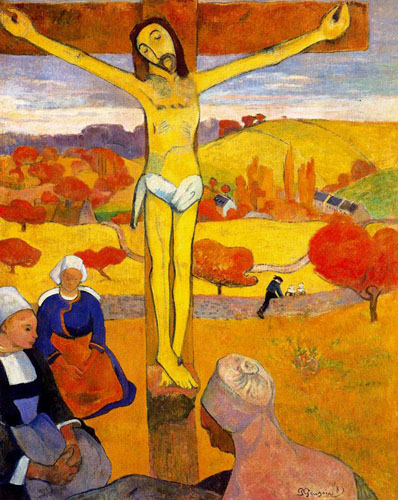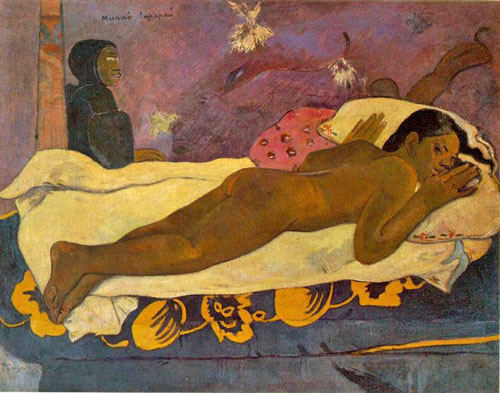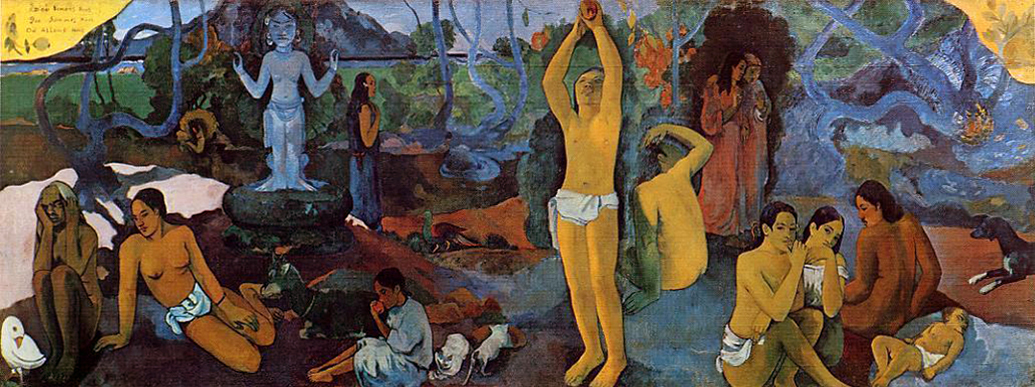David Imbt - Paul Gauguin
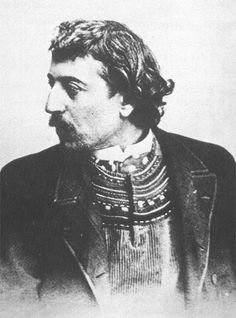
French Post-Impressionist painter
1848 -1903
|
Madame Gauguin in Evening
Dress
|
Paul Gauguin was born in Paris on June 7, 1848, into a liberal middle-class family. After an adventurous early life, including a four-year stay in Peru with his family (they moved back to France after his father's death) and a stint in the French merchant marine, he became a successful Parisian stockbroker, settling into a comfortable bourgeois existence with his wife, Mette Sofie Gad and five children.
In 1874, after meeting the artist Camille Pissarro and viewing the first impressionist exhibition, he became a collector and amateur painter. He exhibited with the impressionists in 1876, 1880, 1881, 1882, and 1886. In 1883 he gave up his secure existence to devote himself to painting; his wife and children, without adequate subsistence, were forced to return to her family in Denmark. From 1886 to 1891 Gauguin lived mainly in rural Brittany (except for a trip to Panama and Martinique from 1887 to 1888), where he was the center of a small group of experimental painters known as the school of Pont-Aven.
|
Gauguin's bold experiments in coloring led directly to the 20th-century Fauvist style in modern art. His strong modeling influenced the Norwegian artist Edvard Munch and the later expressionist school.
http://www.conncoll.edu/academics/departments/arthistory/baldwin/Textbook4Sale/Gauguin.doc
http://assets.cambridge.org/0521642906/sample/0521642906WSN01.pdf
http://www.geometry.net/artists/gauguin_paul_page_no_2.php
http://www.artchive.com/artchive/G/gauguin/where.jpg.html
http://painting.about.com/library/blgauguintechniques.htm
http://www.spartacus.schoolnet.co.uk/internet15.htm
http://tiger.towson.edu/users/msheld1/Critique.html
http://www.msu.edu/course/ha/240/goldwater.htm
http://people.brandeis.edu/~kelli/contents.html
